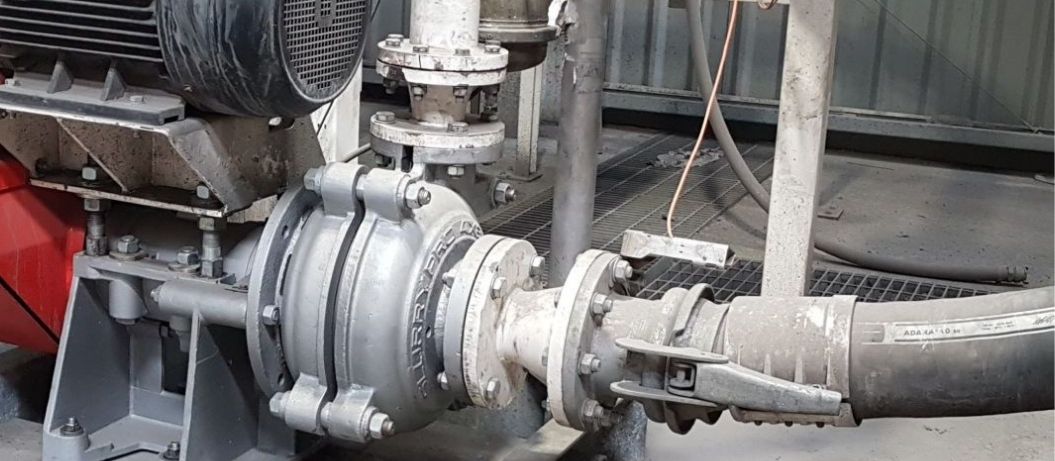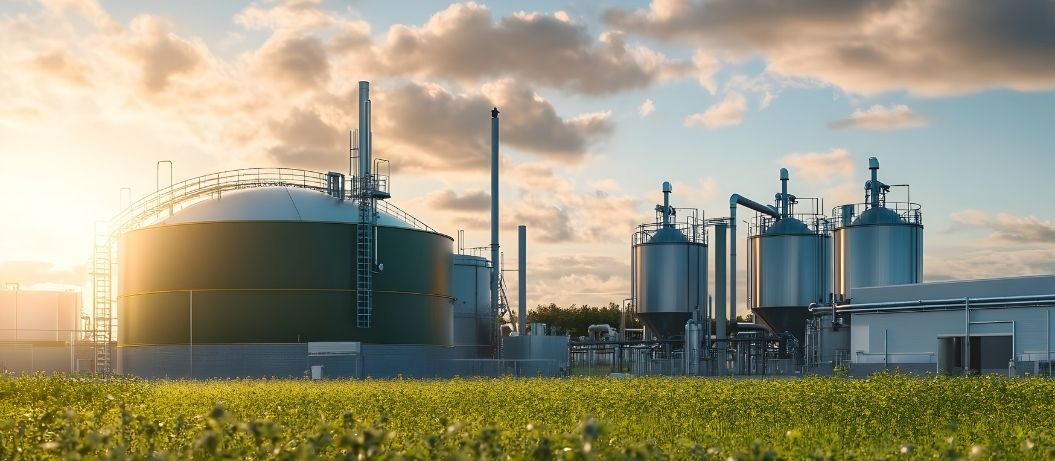Treating sewage and food wastewater is extremely important as this process improves the quality of the water itself and reduces the chances of waterborne parasites and diseases spreading.
Two of the most common ways of treating wastewater are known as aerobic and anaerobic. Both wastewater treatment processes aim to preserve the health and wellbeing of the population by reducing water contamination – but they are not the same process.
Here, we examine their key differences to better understand which is suitable for certain environments.
How Anaerobic Digestion Works
So, what is meant by anaerobic digestion? During the anaerobic process, anaerobic bacteria is used to break-down organic material into digestate, and biogas. This anaerobic process takes place in the absence of air (oxygen in particular) and is better than aerobic at breaking down organic slurry with high solids content. Methane gas is produced, which is easily captured in this controlled and sealed off facility. Methane is a greenhouse gas so by stopping its release to the environment and burning it instead of fossil-fuels to produce energy, gives it a double advantage. The remaining digestate is dewatered to become a stable and highly concentrated source of nutrients for fertiliser.
Anaerobic digestion is even more energy-efficient than aerobic digestion, taking up less space and working quickly on even the most difficult to breakdown waste such as household garbage.
How Aerobic Digestion Works
Unlike the anaerobic process, during the aerobic wastewater treatment process, air is used. Air circulation provides the conditions for aerobic bacteria to reproduce within the wastewater. The bacteria breaks down the microbes, eventually resulting in water clean enough for discharge.
When Should Anaerobic And Aerobic Wastewater Treatments Be Used?
Both treatment processes have their part to play in the growing recycling and renewable energy sector.
Taking up less space, anaerobic digestion wastewater treatment plants are widely used in industrial sites in built up, urban areas. It can also be used by single households or those with small, shared areas. In less urbanised areas and rural settings, aerobic treatment is often used, as there will usually be no central facility available to such communities.
Often anaerobic digestion is used first, then the resulting run-off is given secondary treatment in an aerobic plant to ensure the water is safe enough to discharge back into watercourses.
What Are Some Differences Between Anaerobic And Aerobic Treatments?
There are many notable differences between the two processes. For example, anaerobic wastewater treatments are often seen as superior as they cause less sludge, and what sludge is generated can be used to support soil biodiversity.
What Are The Challenges Facing Anaerobic Digestion Plants?
Anaerobic digestion (AD) plants are relatively simple to set up and by utilising natural bacterial processes don’t require much to run them. Often the most important equipment is the pump systems used to move the feedstock and waste through the process. As the slurry usually has a high solids component and aggressive gritty fines, special pumps must be used. Special thickener units are used to separate the water and solids, with the water running off the top and thick sludge out through the underflow at the base.
In the early days, progressive screw-pumps were often chosen as they are renowned for steady movement of thickened sludge. However, as these rely on precision tolerances and are expensive to repair, AD plants are moving over to industrial peristaltic pumps (LSM) and slurry pumps (such as SlurryPro) which tolerate abrasive fluids.
Environmental Benefits Of Anaerobic Treatments
As we look toward carbon neutrality, it is important to note that biogas can also be utilised for renewable energy – something that Atlantic Pumps are exceptionally passionate about, with our sustainable approach growing each year. In fact, we have been able to reduce energy wastage from pumps and reduce energy use by 20% on the average site.
How Atlantic Pumps Can Help
As specialists in pumping abrasive and aggressive fluids, Atlantic Pumps build pumps for anaerobic digestion water treatment sites throughout the UK and further afield. If you are an AD manager looking to increase your output and plant up-time whilst reducing running costs of your pump systems, please get in touch with Atlantic Pump’s technical sales on 0800 118 2500.
We also take a sustainable approach to our work and are committed to reducing energy waste from pumps. Our expert knowledge allows us to reduce energy usage by 20% on the average site!
Call us today on 0808 196 5108 for more information.
 December 6 2022
December 6 2022 3 min read
3 min read


